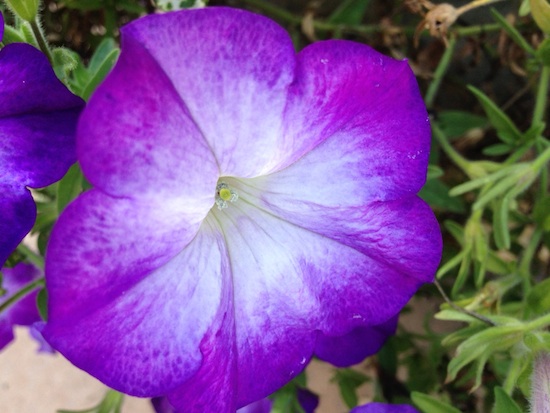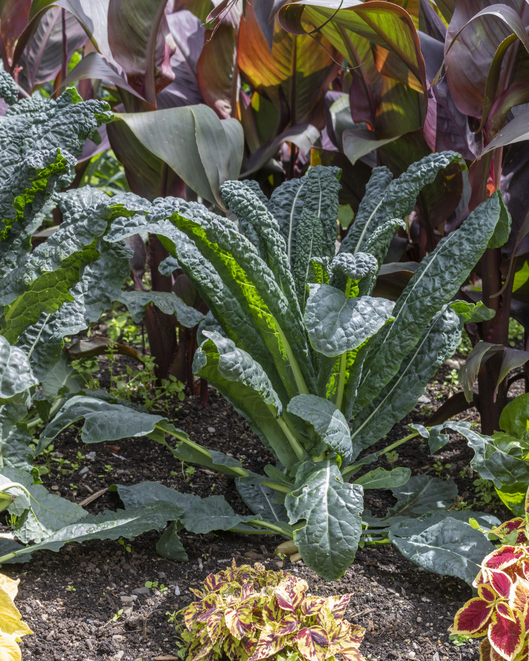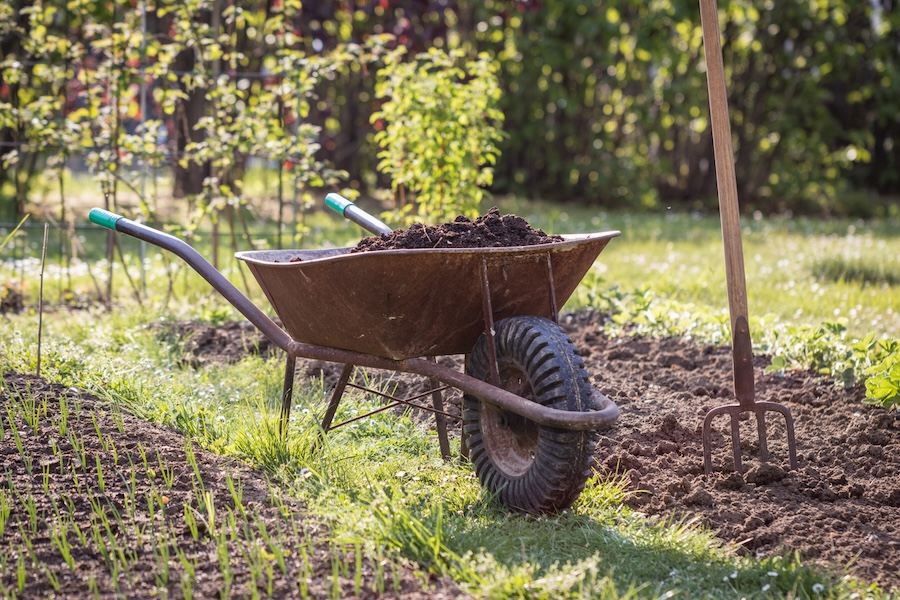Annual flowers can benefit greatly from soil amendments. These plants only live for one season, so gardeners have a very short window of time to get them established to produce flowers.
Moist, well-drained soils are keyMost annual flowers prefer moist, well-drained soils. This sounds like a contradiction, but it makes sense when you consider annual plants have a very limited root system and require consistent soil moisture to survive.
Soil amendments for clay soil should ideally help loosen compacted soil, improve soil drainage and increase soil porosity (the amount of space in the soil available for air and water). Roots need oxygen in order to survive and grow. If soil becomes too compacted or too wet, roots will die from lack of oxygen.
The best amendments for clay soils are pine bark humus (less than half an inch in diameter) and composted leaf mold. Pine bark humus, also known as bark fines, milled pine bark or finely ground pine bark mulch is preferred since it is cheap, readily available and easy to work with.
These products are often sold at local garden centers as “soil conditioners” or “soil amendments” under a variety of brand names. They are not the same as potting soils, which are often blended with materials like peat moss and vermiculite that help retain moisture. This is fine for potted plants, but not for clay soil in a garden. Clay already holds plenty of moisture and has the highest water holding capacity of any soil in the world.
Amending the soilTill the soil several inches deep in the area intended for planting annuals. If the site is excessively wet, plant on a raised bed 6 to 12 inches high. The raised bed can either be enclosed using treated lumber or a mound of soil called a berm.
Add soil amendments at a minimum of 25 percent by volume and a maximum of 50 percent. This is roughly equivalent to the addition of 3 to 4 inches of soil amendments incorporated into 8 to 12 inches deep of clay soil. This will provide an ideal environment for root growth.
One cubic yard (nine, 3-cubic-feet bags) of soil amendment will cover an area about 100 square feet. Mix amendments thoroughly with the underlying clay soil. Add a starter fertilizer to annuals immediately after planting. If needed, lime or sulfur can be added to adjust soil pH based on the results of a soil test.
PerennialsIn contrast, when planting most trees, shrubs and other perennial plants in the landscape, research shows that there is practically no benefit to amending the soil. The only exception to this rule includes those plants that must have extremely well-drained soil such as azaleas, rhododendrons, mountain laurel and blueberries.
In Georgia, most any type of organic material or compost added to the soil will likely break down and decompose within a year or two. This is primarily due to the amount of rainfall and high temperatures the state receives. Organic matter would have to be added every year to have any benefit, which is not practical for perennial plants. Most soils in Georgia contain less than 1 percent organic matter on average.
Plants that live longer than a year will eventually outgrow their planting hole. The sooner trees, shrubs and other perennial plants’ roots get acclimated to Georgia’s red clay, the better off they will be in the long run. The greatest benefit you can provide to these types of plants is to dig a wide hole, at least two or three times larger than the original plant’s root system, and loosen up the clay soil with a pickax, shovel or garden tiller. No soil amendments are necessary for perennial plants.
For more information on soil amendments, see the University of Georgia Extension publication “Flowering Annuals for Georgia Gardens” at pubs.caes.uga.edu.








